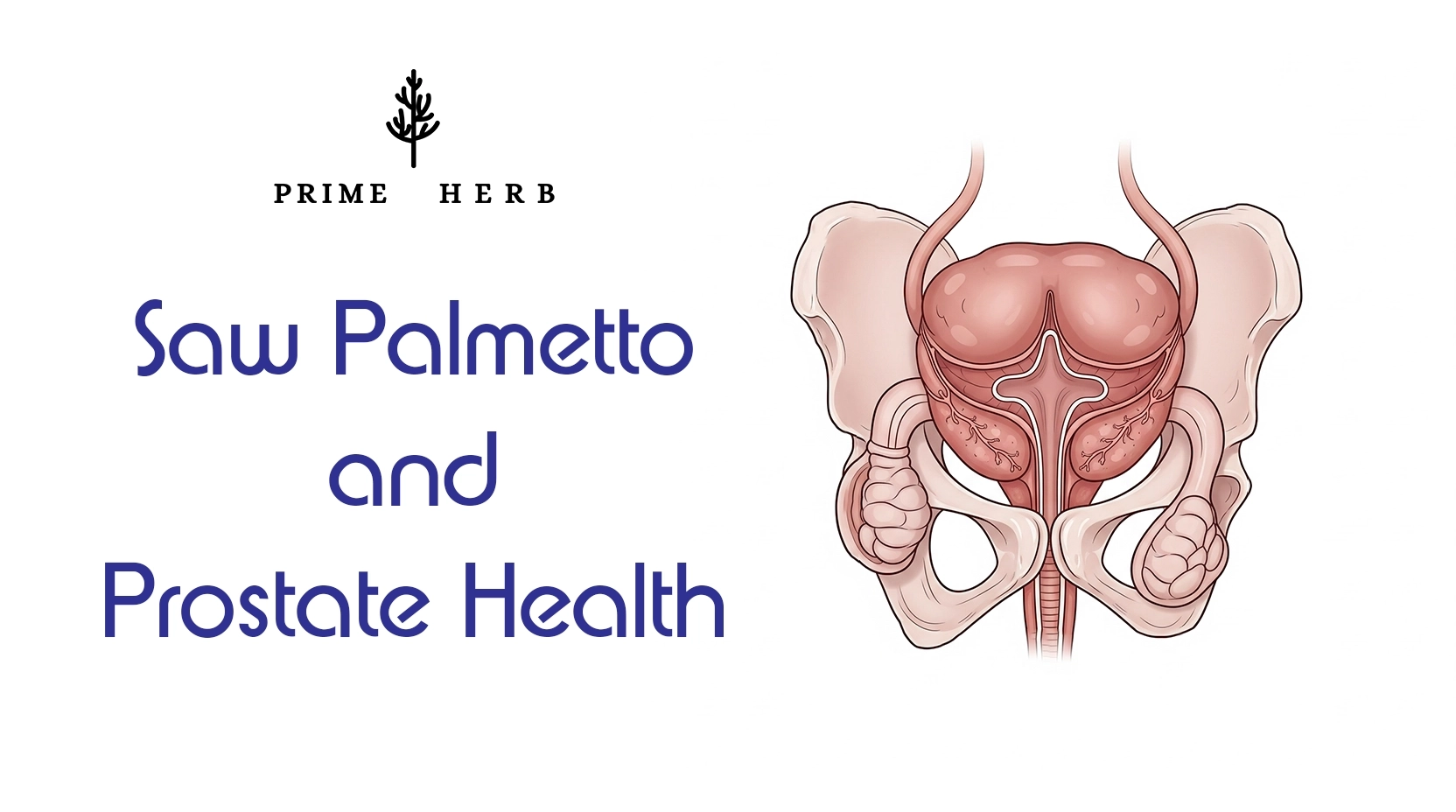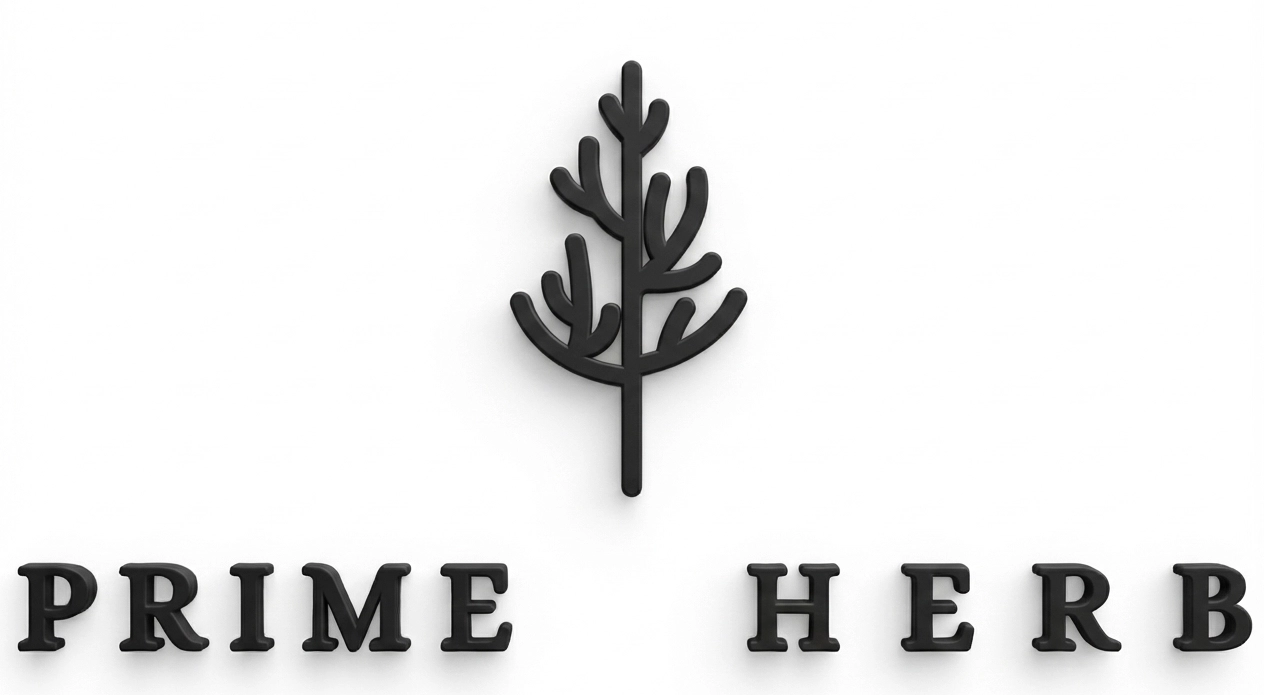
Shop
Prostate Health “Function, Risks, and How to Protect It Naturally”

When it comes to men’s health, the prostate is often overlooked—until it causes problems. This small, walnut-sized gland plays a vital role in male fertility and urinary function, yet many men know very little about it.
Let’s dive into what the prostate does, the most common issues affecting it, and how you can naturally protect your prostate health.
What Is the Prostate?
Prostate gland is part of the male reproductive system. It’s located just below the bladder and surrounds part of the urethra—the tube that carries urine and semen out of the body.
Its main job? To produce seminal fluid, which nourishes and transports sperm during ejaculation. A healthy prostate is essential for sexual health and urinary control.
⚠️ Common Prostate Problems
As men age, the risk of prostate-related issues increases. The most common conditions include:
1. Benign Prostatic Hyperplasia (BPH)
-
What it is: Non-cancerous enlargement of the prostate
-
Symptoms: Frequent urination, weak stream, urgent need to urinate
-
Who’s at risk: Most men over age 50
2. Prostatitis
-
What it is: Inflammation of the prostate, often due to infection
-
Symptoms: Pelvic pain, painful urination, flu-like symptoms
-
Who’s at risk: Men of any age, but especially under 50
3. Prostate Cancer
-
What it is: A malignant tumor in the prostate gland
-
Symptoms: Often silent early on; later, difficulty urinating or blood in urine
-
Who’s at risk: Men over 50, especially with a family history or of African descent
Risk Factors for Prostate Issues
-
Age 50 and above
-
Family history of prostate cancer
-
Obesity and sedentary lifestyle
-
Diet high in red meat and low in fruits/vegetables
-
Smoking and excessive alcohol use
-
African or Caribbean ancestry
✅ How to Support and Protect Prostate Health
The good news? There’s a lot you can do to protect your prostate naturally.
1. Eat a Prostate-Friendly Diet
-
Tomatoes: Rich in lycopene, an antioxidant linked to lower prostate cancer risk
-
Broccoli & Brussels sprouts: May help with hormone balance
-
Pumpkin seeds & nuts: Great source of zinc
-
Omega-3s: Found in fish like salmon, they support overall inflammation control
♂️ 2. Stay Physically Active
Regular exercise improves hormone balance, reduces inflammation, and helps manage weight—all beneficial for prostate health.
3. Hydrate and Urinate Regularly
Avoid holding in urine for long periods. A full bladder can irritate the prostate over time.
4. Reduce Alcohol and Caffeine
These can irritate the bladder and worsen BPH symptoms. Moderation is key.
5. Get Regular Screenings
-
PSA blood test: Detects early signs of prostate cancer
-
Digital Rectal Exam (DRE): A physical check to feel for irregularities
-
Start screenings at age 50—or earlier if you’re high-risk
6. Consider Supplements (with medical advice)
-
Saw palmetto: May help reduce BPH symptoms
-
Vitamin D: Linked to lower risk of prostate cancer
-
Zinc: Supports prostate cell function
Always consult a healthcare provider before starting supplements.
A Final Thought
Men’s health starts with awareness. Taking care of your prostate means more than avoiding discomfort—it’s about staying in control of your health, confidence, and future. Whether you’re 30 or 60, it’s never too early—or too late—to start making smart, prostate-friendly choices.
Scientific Sources:
-
National Cancer Institute – Prostate Cancer Info
-
Mayo Clinic – Prostate Cancer Causes & Symptoms
-
American Urological Association – BPH & Prostatitis
-
Harvard Health – Prostate Health Foods
-
World Cancer Research Fund – Prostate Cancer and Diet
-
NIH – Prostatitis Overview
-
Cleveland Clinic – PSA Testing Guide

